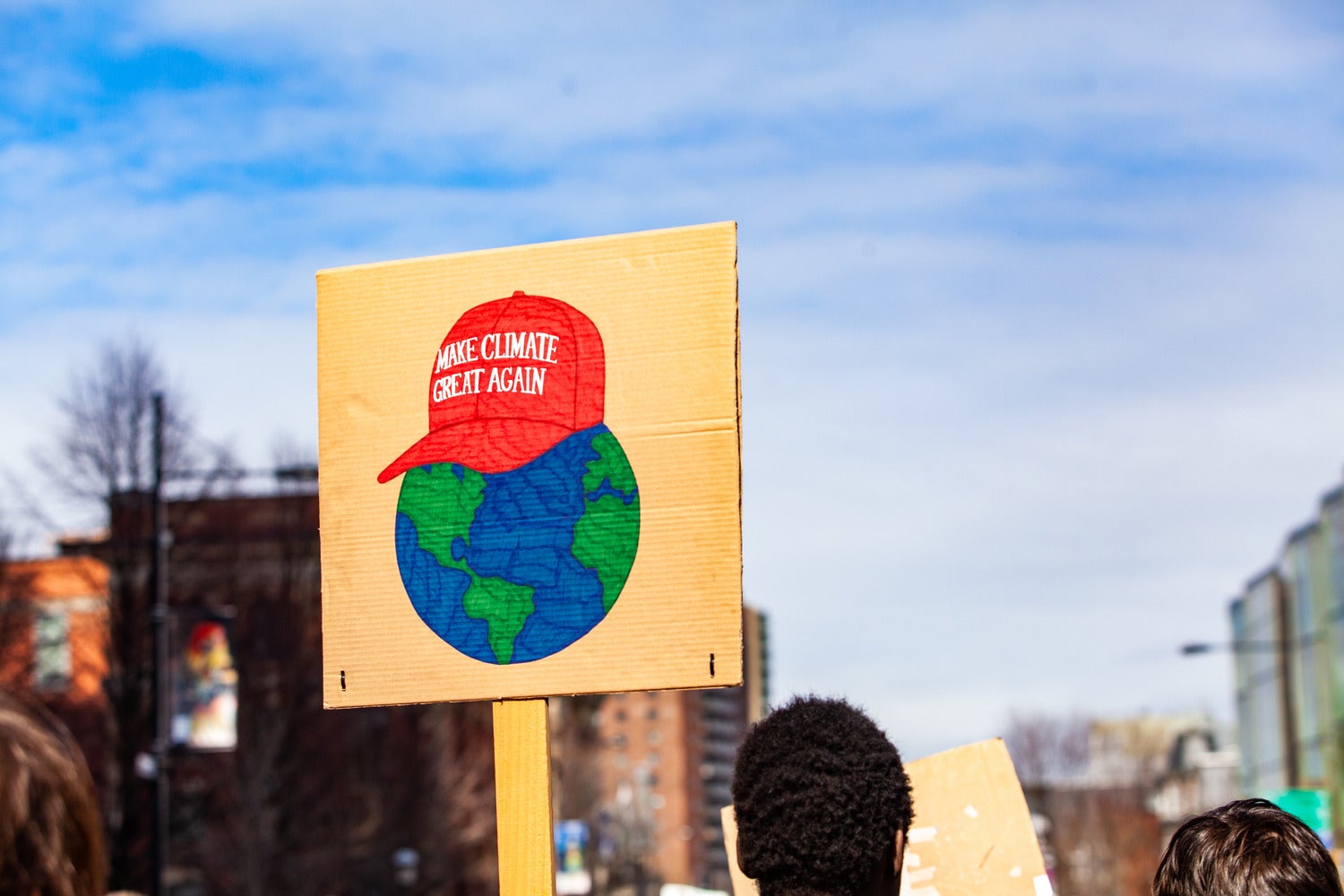How to be climate active in Trump 2.0
3 ways you can help push for progress

Sign up and save the world
The one5c newsletter delivers our best tips right to your inbox
A second Trump term is here, and with it a wave of actions to undo the previous administration’s climate and energy policies. Day one brought executive orders to slash funding for the Inflation Reduct……

